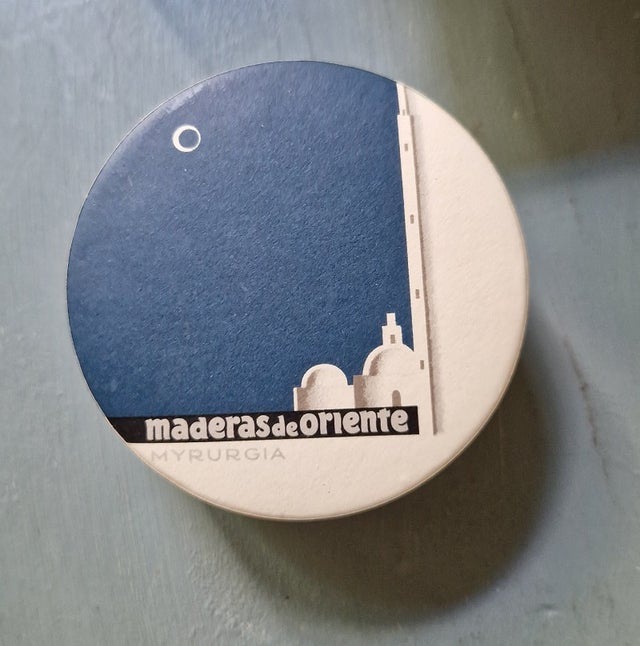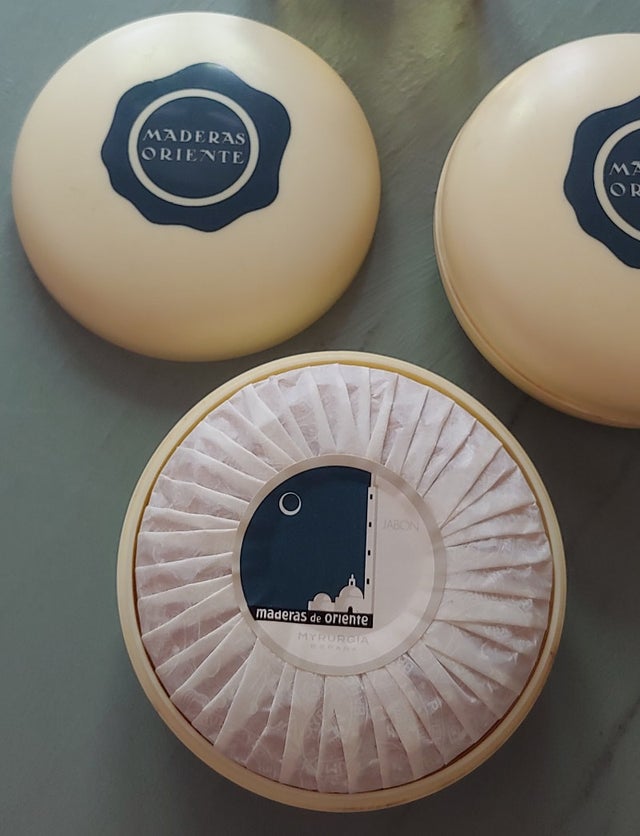One of the most delightful, woody fragrances, touched by the mystery of the Orient, created in an approach to the East, their culture and especially their magic and fantasy, combining Jasmine with Orange Blossom, exotic Wood splintered under the crescent moon and a wealth of Gray Amber background.
Myrurgia’s first great success, and one of its longest-lasting, Maderas de Oriente. It was originally created in 1917, but is one of the flagship perfume of the 20s, and one of the great survivors of the twentieth century fragrances.
Myrurgia’s first great success, and one of its longest-lasting, Maderas de Oriente. It was originally created in 1917, but is one of the flagship perfume of the 20s, and one of the great survivors of the twentieth century fragrances.
Maderas de Oriente

Myrurgia Maderas de Oriente Locion Nº 423 Vintage New
€169.00
€169.00

Maderas de Oriente - Myrurgia Perfumed Powder Box
€75.00
€75.00

MADERAS DE ORIENTE Myrurgia Perfumed Soaps Gift Set
€59.00
€59.00

Myrurgia Luxury Perfumed Soaps
€56.00
€56.00




